Capturing the strengths of both open world and linear games and retaining the perfect balance between what they both bring to the table is no easy task, which is why semi-open world games are as appreciated as they are. In a previous feature, we highlighted fifteen open world games that were the best of both worlds, offering both, tightly designed linear gameplay as well as the freedom to explore larger areas at your own leisure, but there are plenty more that deserve that sort of praise (including several since we published that aforementioned feature). As such, here, we’re going to talk about fifteen more excellent semi-open world games that you need to play.
GOD OF WAR RANGAROK
God of War Ragnarok’s approach to wide-linear design differs a bit from its predecessor, because rather than using the hub-and-spoke design of the 2018 title, it instead takes you to numerous larger maps throughout its experience, and it’s a change that works out for the best. In addition to boasting excellent design that constantly encourages exploration, God of War Ragnarok’s maps also exhibit an impressive amount of visual and design variety.
RESIDENT EVIL VILLAGE
The Resident Evil franchise has always held up exploration as one of its key pillars (with some notable exceptions), so expanding that to a setting that emphasizes that aspect even more heavily felt like a natural step forward in Resident Evil Village. The titular village is a large environment that remains immensely fun to navigate throughout the experience, especially as more of it opens up over time, while at the same time, through the four main areas connected to the village, the game also delivers the tight, claustrophobic design the series is known for in spades.
ALAN WAKE 2
Where the original Alan Wake was a hyper-linear series of shooting galleries, its sequel goes in the exact opposite direction. Alan Wake 2 revels in slowing down the pace and allowing players to thoroughly immerse themselves across its main locations, where you have quite a bit of freedom to explore at your own pace (the rewards for which are almost always well worth the effort). Backtracking through older locations also always remains satisfying as you gain access to previously inaccessible sections, while there are, of course, plenty of meticulously crafted linear sections to enjoy as well.
PIKMIN 4
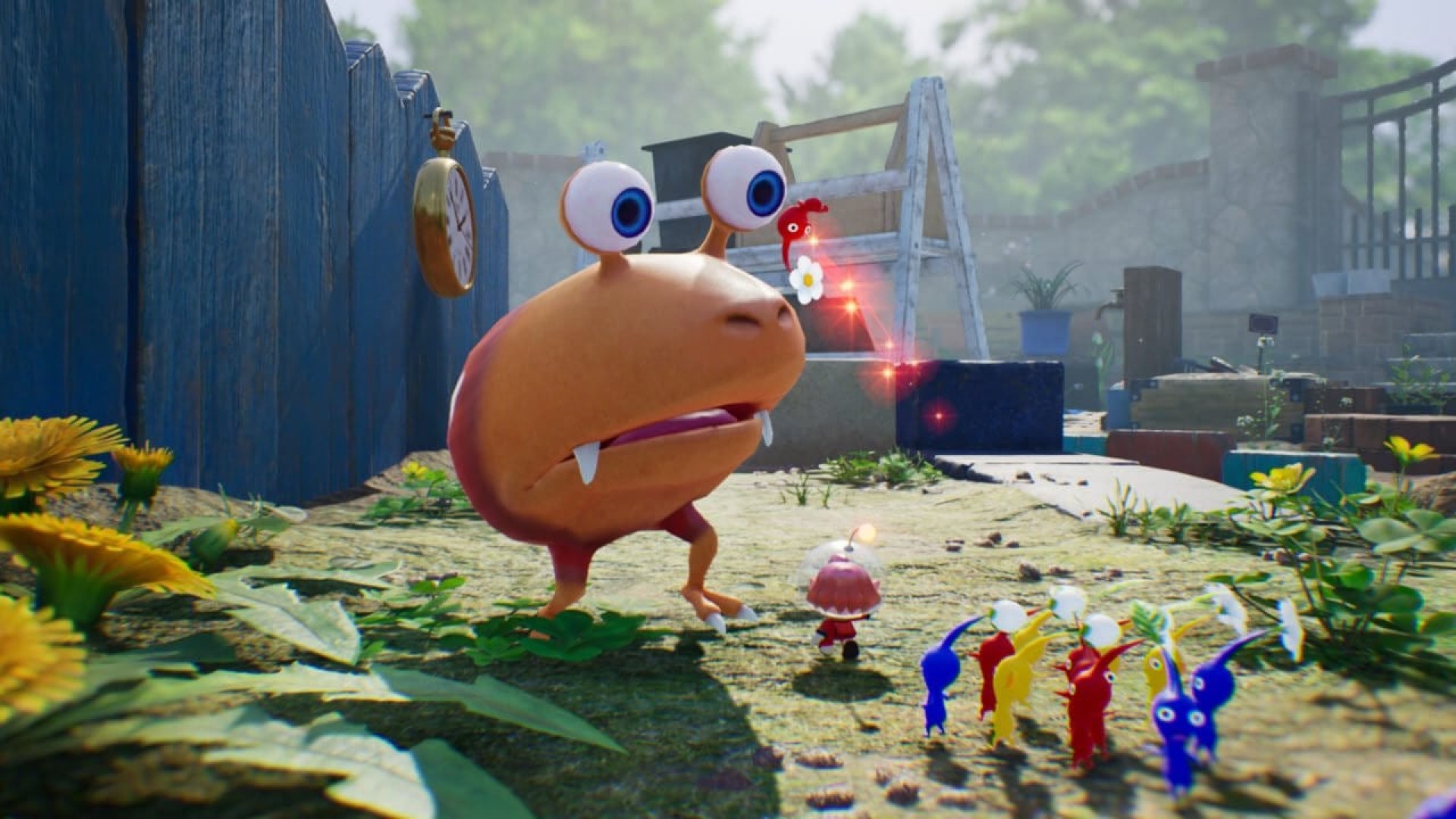
Exploration is king in Pikmin 4 in a way it never has been in any previous Pikmin games. By almost completely removing the concept of time limits, Pikmin 4 lets you explore every nook and cranny of its areas to your heart’s content, without anything urgently pushing you towards your next main objective, and that is reflected in the way the game’s maps are designed as well. Each of them is significantly larger and boasts impressive variety, not only in visual terms, but also in terms of how you interact with the environment and make it easier to navigate for yourself and your army of Pikmin.
LIKE A DRAGON: ISHIN!
Like all other RGG Studio games, Like a Dragon: Ishin! focuses on depth and detail over pure expanse. The bulk of the game takes place on one not-all-that-big map set in Edo-era Kyoto. As far as pure map design in the series goes, this isn’t a particularly special map- it’s good, but nothing that stands out. What pushes it over the edge is the incredible sense of place and atmosphere that it drips with, properly recreating the architecture, layout, and aesthetic of Japan in the dawn of its modern era. RGG Studio has made a lot of great maps- few are as memorable as this.
UNCHARTED: THE LOST LEGACY
Uncharted 4 introduced elements of wide-linear and semi-open world design to Naughty Dog’s traditionally hyper-linear series, and its standalone follow-up, The Lost Legacy, took that to even greater heights. Though those design sensibilities are limited only to the early sections of the game where you’re exploring the Western Ghats of India, that section is also surprisingly sizable, and leaves quite an impression. From navigating the terrain, both on foot and in a four-by-four, to uncovering its secrets and optional content, it stands as one of the game’s strongest sections.
SUPER MARIO: BOWSER’S FURY
People have been wondering what an open world Mario game would look like for a long time, and never have we come closer to seeing what something like that would look like than with Bowser’s Fury. Released to the world as a standalone addendum to Super Mario 3D World’s Switch port, Bowser’s Fury is an incredible four-hour romp that somehow manages to perfectly blend Super Mario’s tight platforming and level design with open-ended design and an emphasis on exploration. Hopefully, we’ll be seeing more of that from the franchise in the not-too-distant future.
LIES OF P
Soulslike design has become like a second language to many by now, but even though there’s no shortage of games that try their hand at it, very few of them in recent years have done it as well as Lies of P. The city of Krat is massive and winding, and making your way through its intertwining areas that loop in and around themselves never loses its spark. It helps, of course, that the game looks as gorgeous as it does, because around nearly every corner is something new and exciting to see.
LORDS OF THE FALLEN
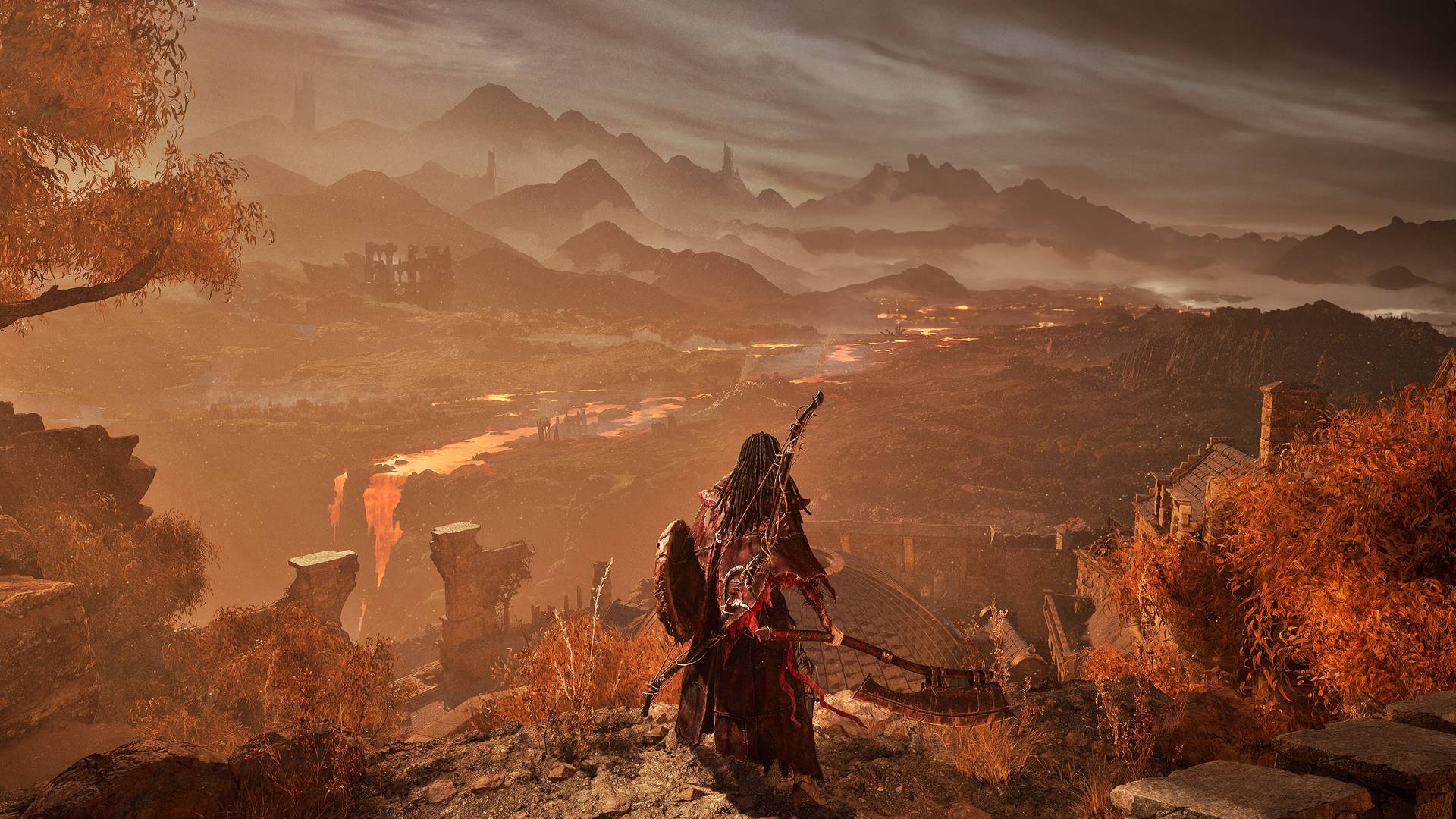
Developer Hexworks said prior to Lords of the Fallen’s launch that it was building the game as a Dark Spuls 4.5, and while the Soulslike action RPG doesn’t quite hit that level of quality, it does have plenty of the right elements in place. Its expansive world, though not fully open by any means, encourages exploration constantly, which is made that much more interesting by the game’s dual realm mechanic. That feeling of gradually mastering and unlocking the world around you is one of the biggest strengths of the Soulslike genre, and Lords of the Fallen delivers that in spades.
MONSTER HUNTER RISE
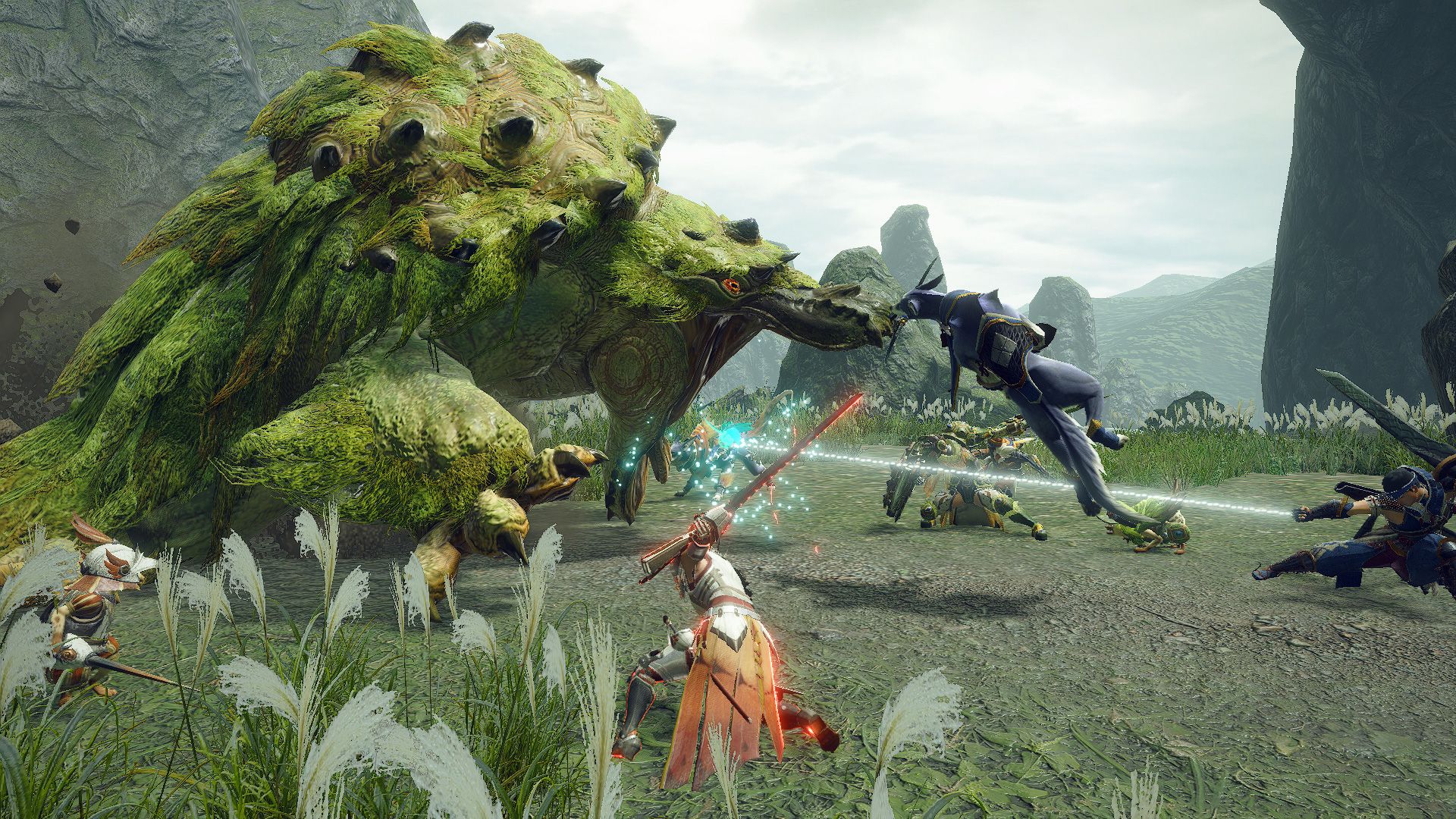
Monster Hunter Rise continued the move towards more open maps that Monster Hunter World started. Rise’s maps are actually smaller,and have less going on than World’s, which had a lot of environmental effects and interactions independent of the player. What Rise’s maps do have, however, is design that is perfectly tuned to all the wonderful new traversal tools the game gives you in the wirebug and the Palamute. The act of actually moving through the maps to find the monsters has never been as fun in Monster Hunter as it is in Rise, and the traversal tools, as well as the maps designed around those tools, are both to credit for that.
OUTER WILDS
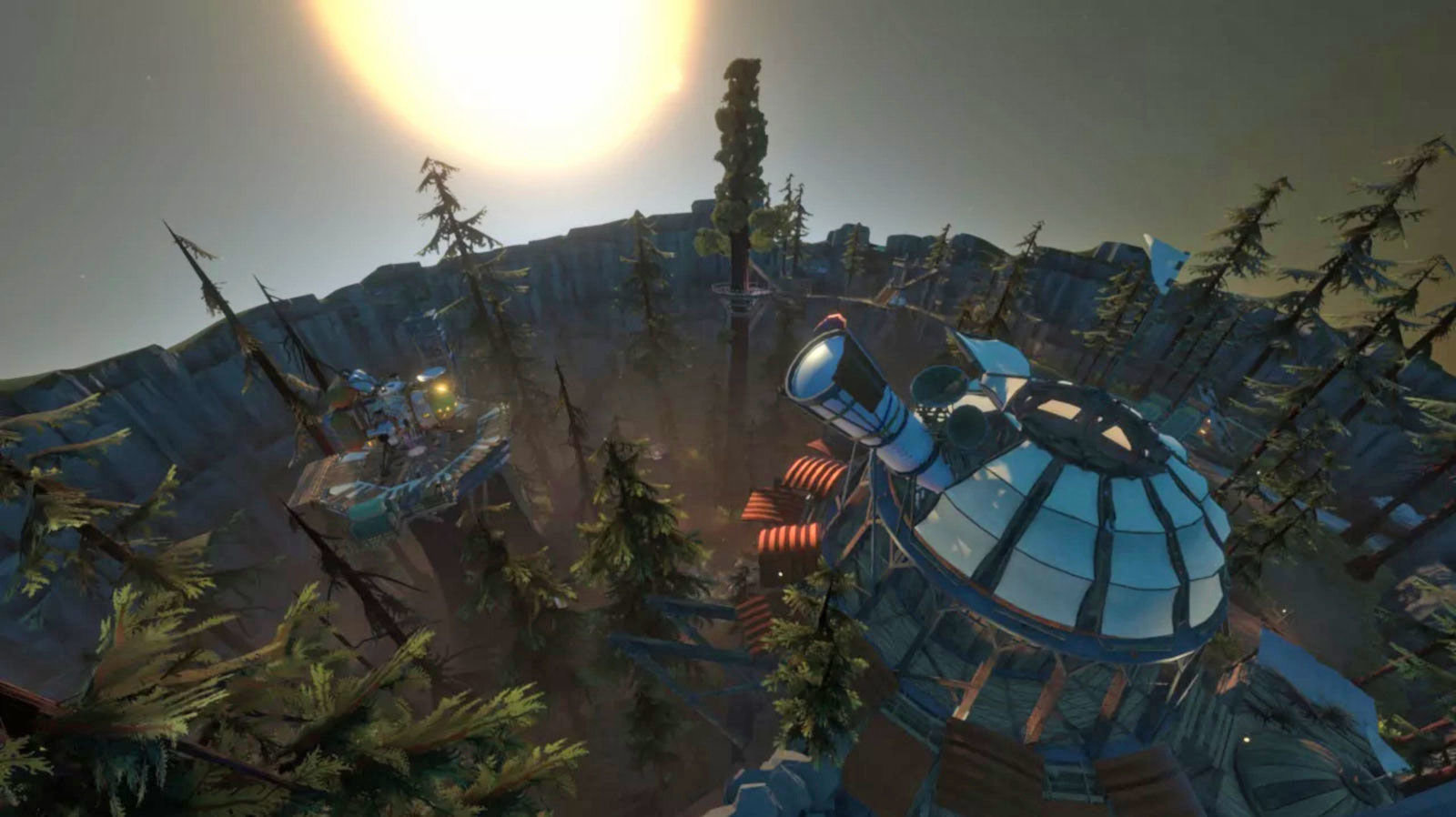
Outer Wilds’s exploration serves as the perfect marriage between gameplay and narrative, thanks to how intrinsically those two elements are tied together throughout the experience. In each loop, the more you explore, the more you learn the Nomai, the solar system they once used to be spread out across, and the time loop that it’s currently caught in, and the game paces that almost to pitch-perfection. Pretty much the entirety of Outer Wilds is unlike anything else you’ll play, and how rewarding it makes its exploration through narrative discoveries contributes to that uniqueness massively.
STAR WARS JEDI: SURVIVOR
Star Wars Jedi: Fallen Order was a solid first foray into Metroidvania design for Respawn Entertainment, and with its sequel, Jedi: Survivor, the developer expanded that idea with significantly larger play spaces. There are, of course, plenty of Metroidvania locations scattered throughout the game, but the Koboh map in particular is where Jedi: Survivor taps into a much more expansive and open-ended design style. And it does that excellently, somehow managing to sprinkle that large, semi-open world map with plenty of Metroidvania design elements.
PREY
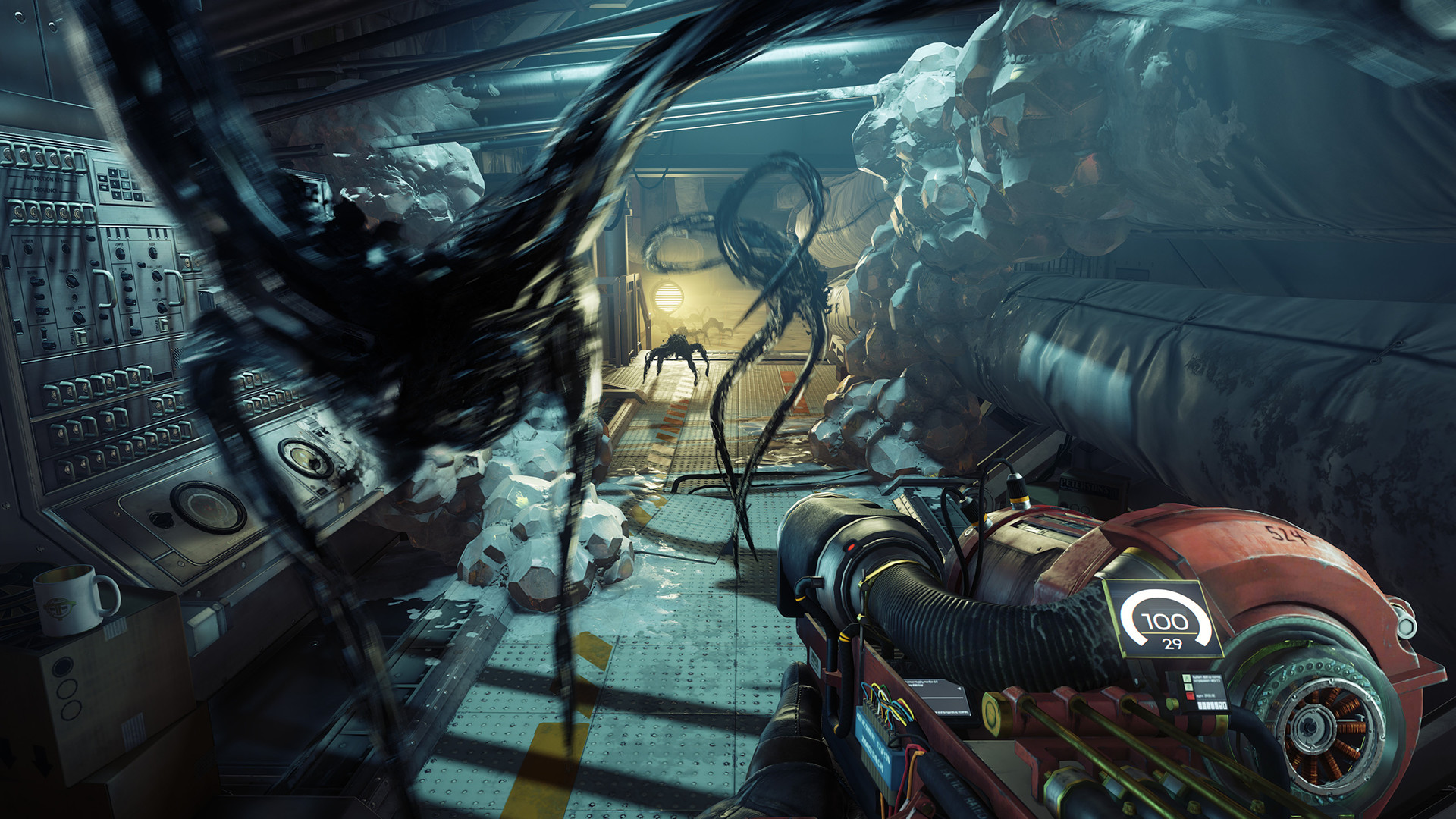
Prey’s Talos I is probably the best setting we’ve ever seen in an Arkane game, which, as those who’ve played other Arkane titles will tell you, is high praise, to say the least. The space station is not only dripping with atmosphere, it’s also spectacularly designed. Navigating its environments and slowly being able to unlock more and more of it as you grow more powerful makes for an incredibly satisfying and organic progression curve throughout the experience.
DEATHLOOP
Deathloop is decidedly more linear than most other Arkane titles (Prey especially), but in spite of being much more focused on action and forward momentum, it does still retain its fair share of the open-ended design that you expect to see in the studio’s games. There are multiple maps to explore, and going out of your way to do that is always encouraged. Not only do you learn more about the world and the people you are targeting, you’re also constantly treated to the incredible art design that’s so abundantly found throughout Deathloop’s world.
SNIPER ELITE 5
The Sniper Elite franchise probably doesn’t get as much credit for its level design as it should, and Sniper Elite 5 exemplifies that perfectly. Every single map is designed as an incredible stealth sandbox where player freedom is emphasized first and foremost. By allowing you to constantly discover new and creative ways to tackle obstacles and sprinkling in a healthy dose of optional content, every map in Sniper Elite 5 becomes an absolute blast to explore as thoroughly as possible, while also making replays that much more rewarding.